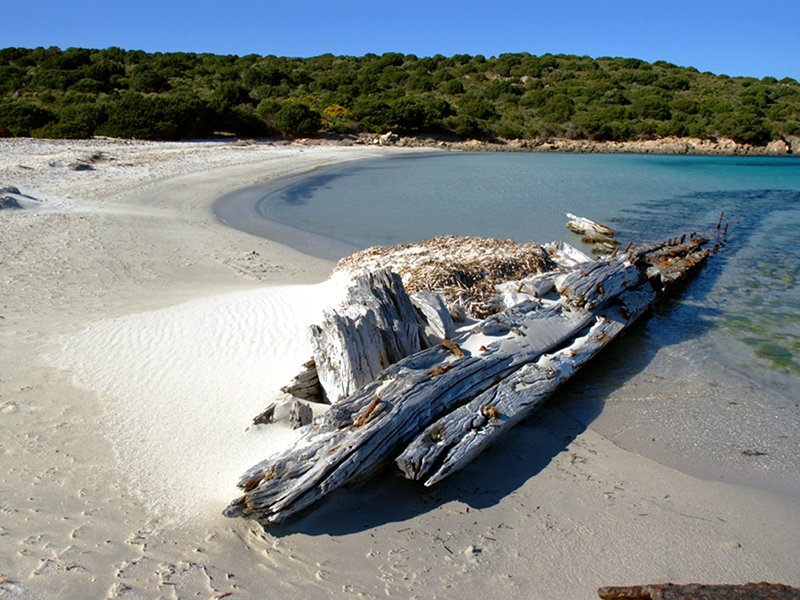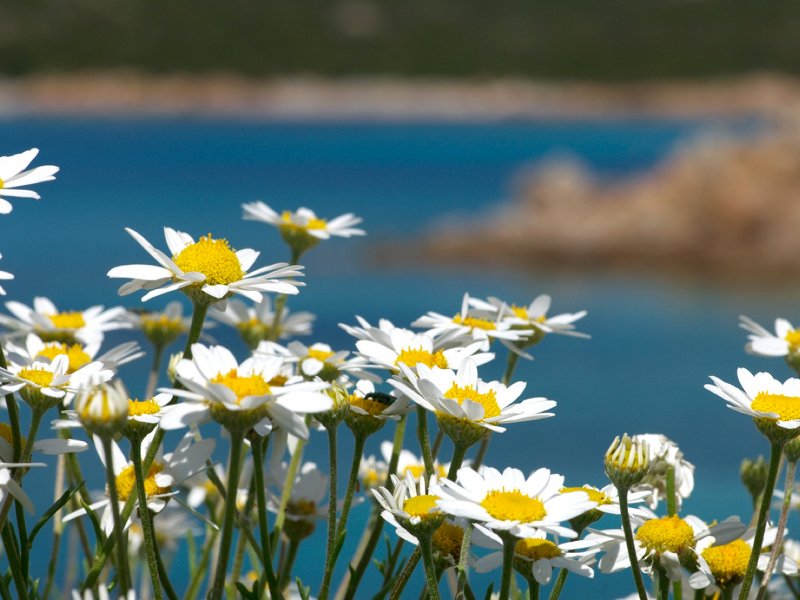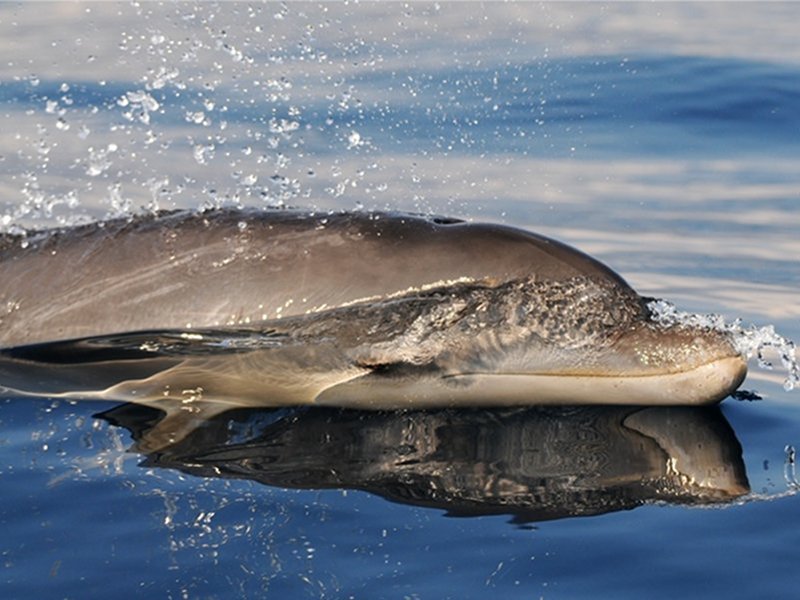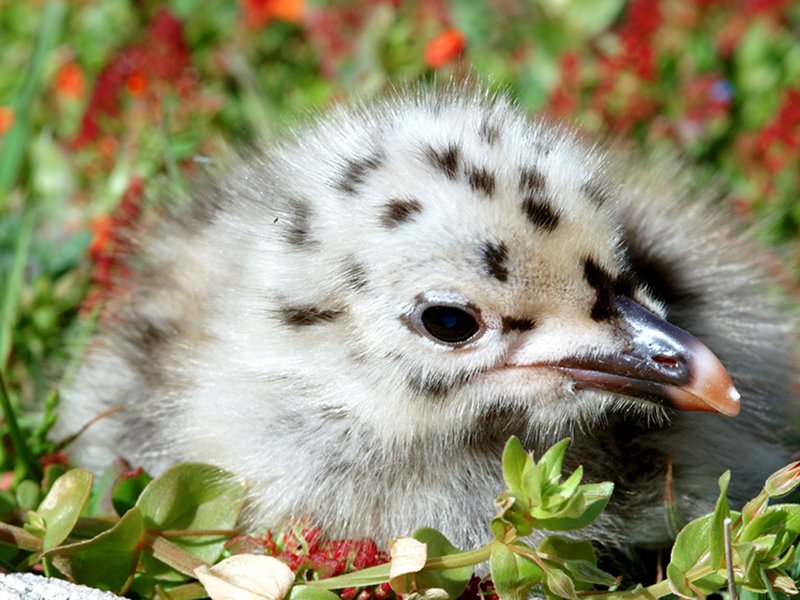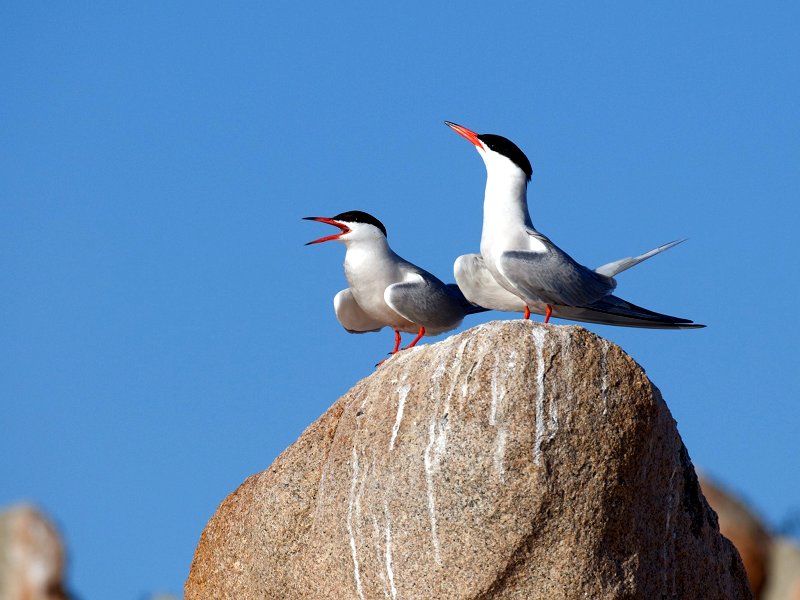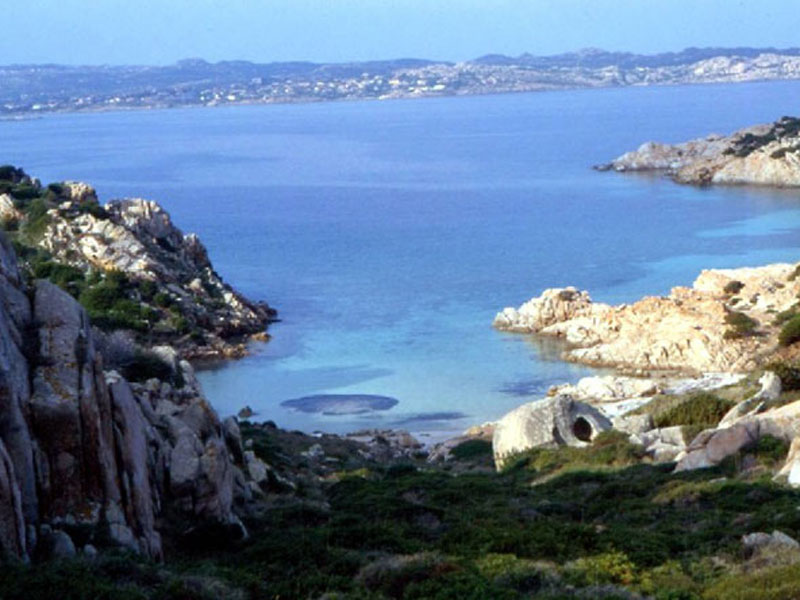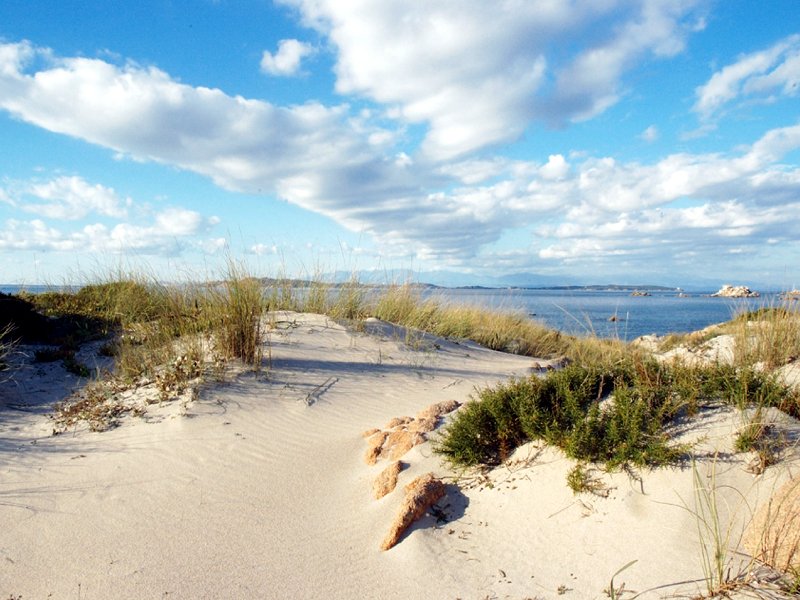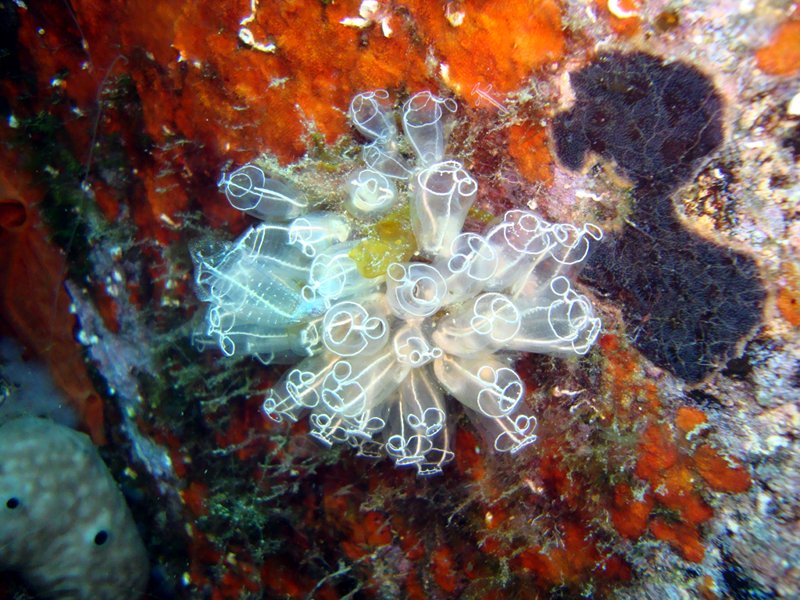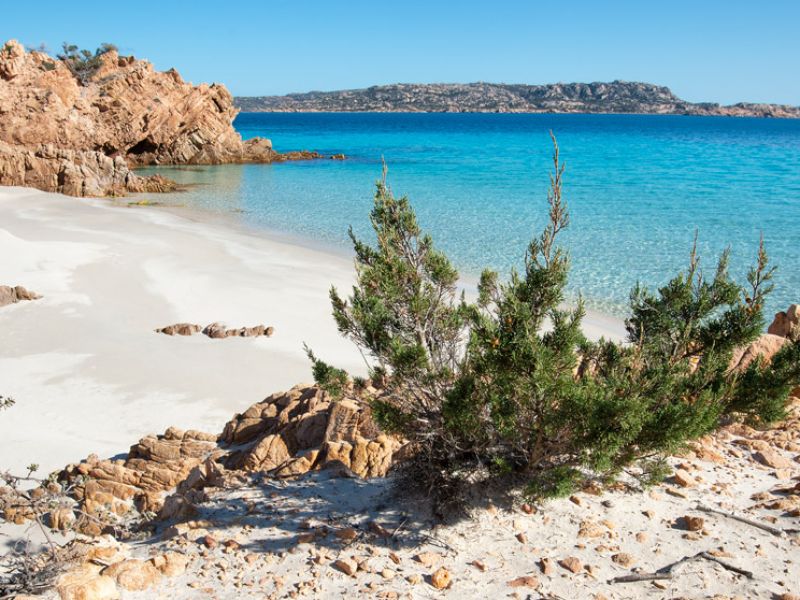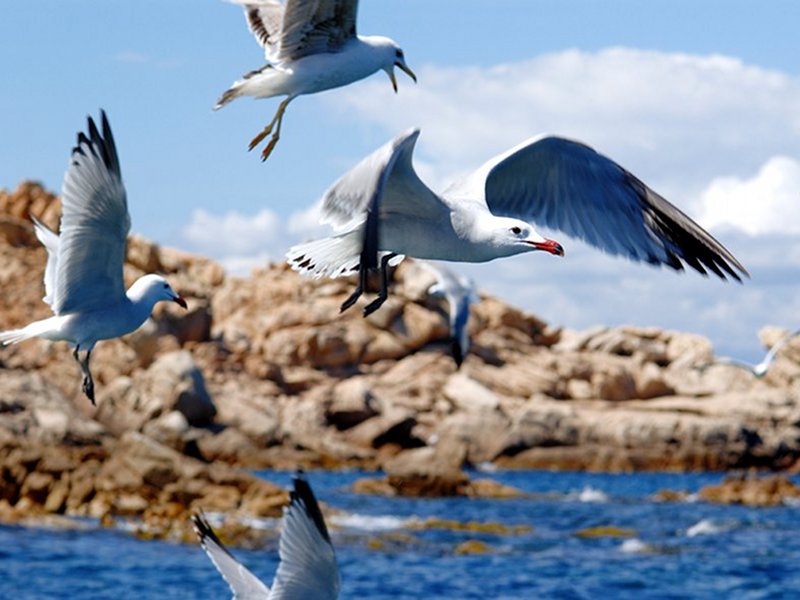Parco Nazionale dell'Arcipelago di La Maddalena
www.lamaddalenapark.itProtected Area
Identity Card
- Arcipelago di La Maddalena National Park:
- Land Surface Area: 5'134.00 ha
- Sea Surface Area: 15'046.00 ha
- Protected flora: 2 species (Italian text)
- Protected wildlife: 63 species (Italian text)
- Habitats: 27 types (Italian text)
- Regions: Sardegna
- Provinces: Sassari
- Municipalities: La Maddalena
- Establishment Measures: L 10 04/01/1994 - DPR 17/5/96
- PA Official List: EUAP0018
- Park Authority: Ente Parco Nazionale dell'Arcipelago di La Maddalena
- Further managed Protected Areas:
- SIC e ZPS Arcipelago La Maddalena
Establishing law of La Maddalena Arcipelago National Park (Law 4 January 1994, no. 10)
Permit / Authorization Issue
Within the Park area, yachting, sports fishing, diving, and economic activities linked to the sea are allowed by previous issue of specific authorizations only.>>>
The Park
La Maddalena Archipelago, situated in the north-east of Sardinia, near the Strait of Bonifacio, consists of a multitude of islands, islets, and rocks shaped by the strong northwest wind and by the current of the Strait. The inlets and bays of its islands give origin to a myriad of natural landing stages and mix with the colors of the sea and the crystal-clear waters for which the Archipelago is famous all over the world (not only for the Pink Beach of Budelli, protected by strong safeguard restrictions not allowing the access to the beach and the stretch of water in front of it, representing without a doubt one the cause of pride of the Archipelago and the Park).
The adoption of the establishment measures has been integrated - according to what established by the protected area framework act for the special statute regions – by an agreement between State and Regione Sardegna including significant safeguard and enhancement measures involving the local population and, at the same time, enabling the use of the environmental and historical-cultural resources, maintaining the usage and life style of the people living in Archipelago. The protected area is the first National Park of Sardinia and the one and only Park in Italy whose territory lies in one Municipality only. The National Park includes the whole marine area of La Maddalena Archipelago, as well as the terrestrial area.
Established with Law 4th January 1994 consistently with the reference rules on protected areas, its Park Authority is regulated by Decree of the President of the Republic (D.P.R.) of 17th May 1996, also introducing the first safeguard rules. Moreover, the Decree delimits the Park borders, including "all the islands and islets belonging to the territory of the Municipality of La Maddalena, as well as the surrounding marine area": a coastal extension of over 180 km, about one tenth of the whole Sardinia. La Maddalena Archipelago National Park, together with the Tuscan Archipelago National Park, is currently one of the two Italian National Parks maintaining, among their establishment rules, both a terrestrial surface area – in the case of the Sardinian protected area covering 5,100 ha – and a marine area of about 15,000 ha. La Maddalena Archipelago National Park also represents a significant part of the territory of the Italian State and of Sardinia that will become part of the future International Marine Park of the Strait of Bonifacio.
Nature and Territory
Almost the whole territory of La Maddalena Archipelago National Park is a Site of Community Interest (SCI) according to the Habitat Directive 92/43 CE. The area is characterized by the presence of over 700 vegetable species, representing one third of the flora of Sardinia, over 50 endemic species representing the 25% of the total flora of Sardinia, and several rare species and species of phytogeographical interest, as well as by several habitats of Community importance.
The vegetal landscape of the islands is strongly influenced by the wind factor, insolation, dryness and poverty of the soils, by the altitude gradient and by the distance from the mainland.
(All the following links lead to Italian texts)
- Sardinian endemisms
- Flowers
- Flora of the Archipelago
- Wild orchids
- Alien flora
- Physiological plant disorders
- Marine Fauna
- Terrestrial Fauna
Environmental Safeguard
With the establishment of the National Park and the related Safeguard Measures (from Annex A of ![]() D.P.R. 17th May 1996), some restrictions in the activities that can be implemented in the territory have been introduced. Over the years, some annual regulations have been adopted: their adoption is no longer possible since 2007, when they were replaced by specific decrees related to the need to prevent and remedy the environmental and naturalistic inconveniences deriving from very intense and constantly increasing tourist flows. The establishment of La Maddalena Archipelago National Park comes together with an agreement State-Region, whose main aims include the enhancement of natural and historical-architectural features according to a series of measures aiming above all at recovering them in case they are in a state of decay. The measures implemented by the Park up to this moment aim at achieving these purposes.
D.P.R. 17th May 1996), some restrictions in the activities that can be implemented in the territory have been introduced. Over the years, some annual regulations have been adopted: their adoption is no longer possible since 2007, when they were replaced by specific decrees related to the need to prevent and remedy the environmental and naturalistic inconveniences deriving from very intense and constantly increasing tourist flows. The establishment of La Maddalena Archipelago National Park comes together with an agreement State-Region, whose main aims include the enhancement of natural and historical-architectural features according to a series of measures aiming above all at recovering them in case they are in a state of decay. The measures implemented by the Park up to this moment aim at achieving these purposes.
The Archipelago
In most of the world, small islands characterized by a favorable climate have lately suffered a deep transformation because of tourism, which caused the deterioration of the natural ecosystems into semi-natural or markedly artificial ecosystems. Despite this general trend, La Maddalena Archipelago - except for the main island, housing an important town - has preserved its natural features both in a terrestrial context (Spargi, Budelli, Razzoli, Spargiotto, Barrettini, Mortorio, and Nibani) and, above all, in the sea context and represents a positive example of safeguard of the coastal system extending for over 180 km. Besides La Maddalena Island, where you will find the homonymous town, Stagnali settlement in Caprera, and about 20 houses in a limited area of Santa Maria inhabited only during the summer, the Archipelago is entirely deserted and has preserved the aspect of over two centuries ago, as demonstrated by Portolano dell'Albini of the early 19th century.
Zoning
The term "zoning" means the subdivision of the territory into homogeneous areas, each of which has certain characteristics. In each area there are some prohibitions, listed in the D.P.R. 17 May 1996 (Establishing Decree of the Park Authority).
Flora
The main plant formations are those typical of the Mediterranean coastal strip : there is a scrub dominated by juniper, strawberry tree, phillyrea, mastic, myrtle, heather, broom, rockrose and euphorbia; towards the coast the vegetation degrades from the highest scrub to the garrigue where, among the most characteristic phytocoenoses, it is necessary to mention the halophilous ones. The sandy surfaces host species adapted to conditions of extreme salinity and aridity.
Fauna
Large marine mammals such as fin whales (Balaenoptera physalus), sperm whales (Physeter catodon) and coastal dolphins such as bottlenose dolphins (Tursiops truncatus) but also sea turtles (Caretta caretta), are frequently seen within the Archipelago. In the dives inside the Archipelago, regulated by the Park Authority, it is possible to meet invertebrates protected by international conventions and directives.



